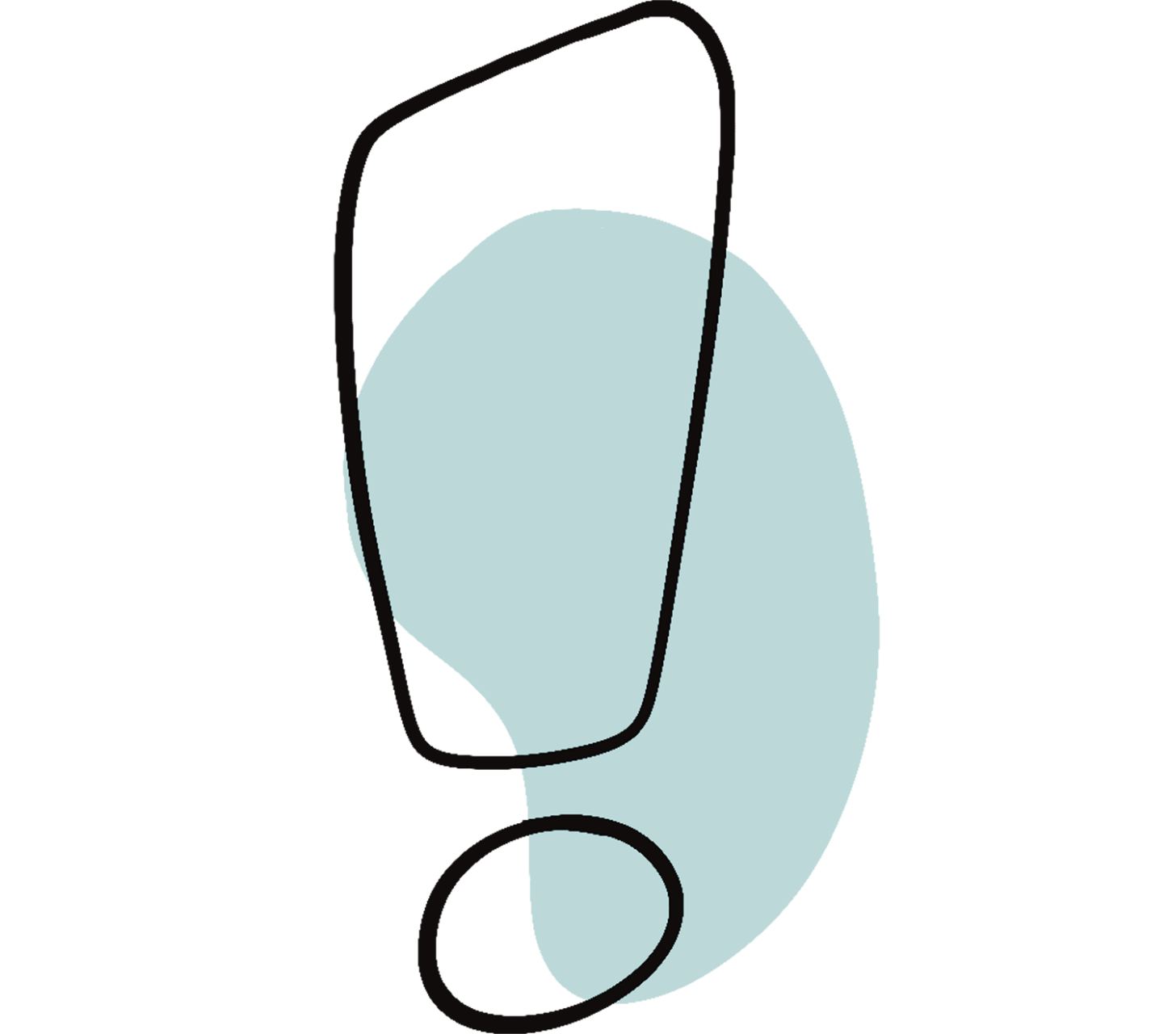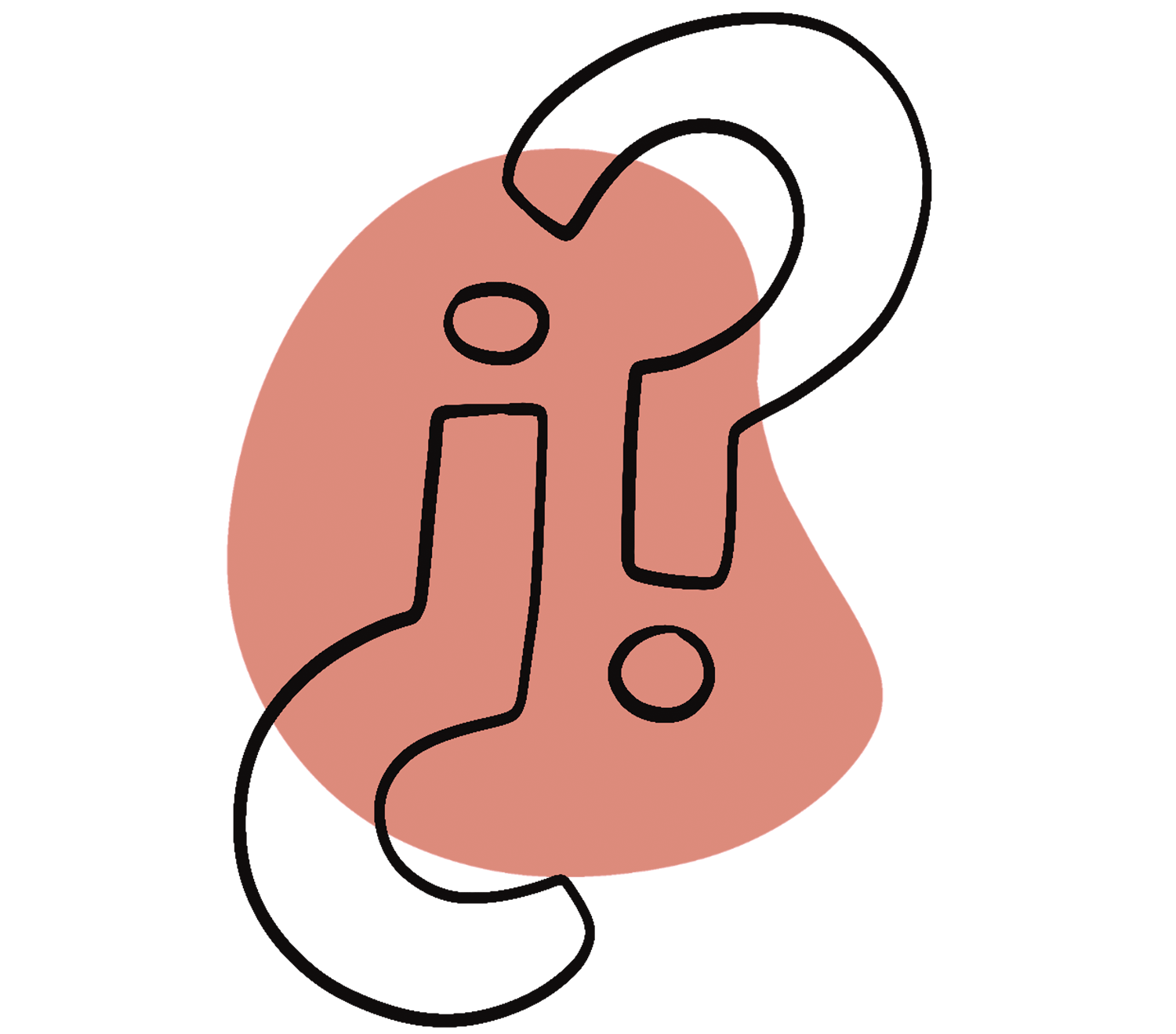Before a scientific publication is released, it has to go through multiple rounds of revision and review. This process can take months or even years. However, to make the research findings available to the academic community during this phase, preprints are published.
Preprints are preliminary versions of scientific publications made accessible to the public before official publication. Usually, these versions have not yet undergone peer review. Therefore, they should only be cited in exceptional cases.
Preprints should only be cited in exceptional cases, since the findings and data in the publication have not yet gone through the peer review process – meaning they have not been evaluated by other researchers. It is always recommended to look for and cite the best possible source: peer-reviewed publications such as articles in scientific journals or books published by academic publishers, e.g., monographs or chapters in edited volumes.

Even though a preprint is not an officially published version of a scientific text, any quotes from it must be clearly marked – just like with any other scientific source.
Suggested citation:
[1] M. R. Douglas. “Large Language Models,” arXiv preprint arXiv:2307.05782, 2023. [Online] Available at https://arxiv.org/abs/2307.05782, last checked on 23.04.2025.
It is important to indicate that the source is a preprint. Always use the citation style you have chosen for your own academic work consistently.
Literature: OA; Open Access (2022): What are Preprints? Available online at https://open-access.network/informieren/publizieren/preprints, last checked on 23.04.2025.
Why can’t I always cite preprints?
Because the findings and data in preprints have not yet been officially reviewed, they should only be cited in exceptional cases when no other peer-reviewed academic source is available.
Are preprints still reliable sources?
That depends on the context and your goal. In fields like physics or artificial intelligence, it has become acceptable to cite preprints. However, always keep in mind that their content may contain errors or have weak methodology.
This article was published in August 2025 and last updated in May 2025.






